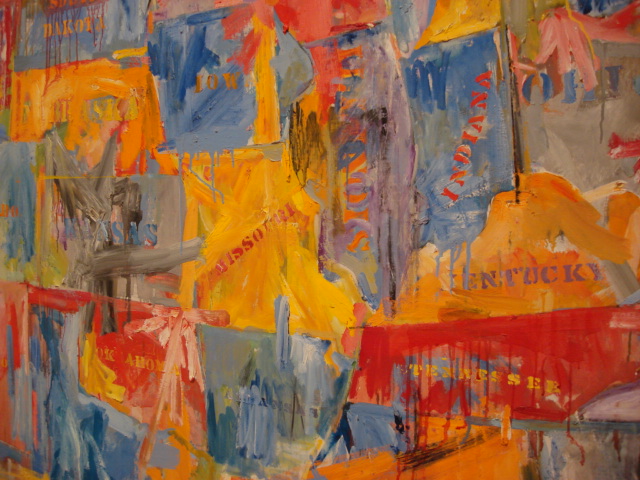
NPQ recently featured the release of Fidelity Charitable’s 2016 “Giving Report.” Yesterday, Fidelity released a supplement to the report that analyzes donors’ giving by metropolitan area and philanthropic interest.
Fidelity manages more than 80,000 donor-advised funds on behalf of 132,000 donors, distributing more than $22 billion in the past 25 years. When taken together, Fidelity Charitable’s funds represent the second-largest grantmaking group in the United States, with $3.2 billion in assets.
Fidelity analyzed all the funds and developed the supplement based on almost 42,000 funds established and advised by donors in the top 30 U.S. metropolitan areas (MSAs). The top 30 MSAs were selected based on the number of Fidelity donor advised funds in the city, with a minimum of 400 DAFs required for the MSA’s inclusion in the supplement. The report supplement includes one-page detailed information on 12 of the MSAs representing the highest concentration of Fidelity Giving Account holders:
|
|
|||
Sign up for our free newslettersSubscribe to NPQ's newsletters to have our top stories delivered directly to your inbox. By signing up, you agree to our privacy policy and terms of use, and to receive messages from NPQ and our partners. |
|||
The supplemental material also includes a two-page summary of charitable causes supported by donors and the cities with the highest giving in eight philanthropic sectors as defined by the Urban Institute’s National Taxonomy of Exempt Entities (NTEE): arts and culture, education, environment and animals, health, human services, international affairs, society benefit, and religion.
The city-by-city supplement illustrates differing giving priorities in different cities. “We live in a very large and diverse country and it perhaps is no surprise that we see similar diversity reflected in how people from various cities choose to make an impact with their charitable contributions,” according to Amy Danforth, president of Fidelity Charitable.
According to Fidelity, donors’ most popular reason for selecting the causes they support is that “the cause or organization is important to them, which speaks to the personal nature of giving.” For example, the most popular organization with Fidelity donors in Salt Lake City is the Church of Jesus Christ of Latter-day Saints, also known as the Mormon church, followed by the Utah Food Bank and the University of Utah. Salt Lake City did not rank in the top 10 in charitable support of any of the other seven categories. Conversely, Boston-Cambridge-Quincy ranked in the top 10 in the seven cause categories where Salt Lake City did not appear, including leading all cities in giving to health charities; Boston’s only absence from the top 10 list was in the category of religious giving.
Public broadcasting is a very popular charitable recipient in most of the 12 metropolitan areas for which detailed information is available. WGBH is the second most popular charitable recipient identified by Fidelity’s DAFs in Boston. WTTW is number two on Chicago’s list, Cincinnati Public Radio is number two there, North Texas Public Broadcasting is number two in Dallas-Fort Worth-Arlington, Southern California Public Radio and KOCE-TV are both in L.A.’s top five. Minneapolis-St. Paul, Seattle-Tacoma-Bellevue, and the Washington, D.C metro area also put public radio and/or television in their top five most popular charities. Public broadcasting’s broad popularity among Fidelity DAF donors may demonstrate the correlation between Fidelity investors and devotees. It may also illustrate the information first reported in the main 2016 Giving Report—that Fidelity donors don’t just give major gifts; they give gifts at all levels.
Not surprisingly, Washington, D.C. ranks highest for giving to international affairs. It also ranks high for giving to education, arts and culture, environment and animals, human services, and society benefit. San Francisco-Fremont-Oakland leads in giving to arts & culture organizations and environment and animal causes. Smaller metropolitan areas make appearances on the top 10 lists, too. Detroit is second on the list for giving to human services, and St. Louis ranks among the top five for giving to the environment and animals. Fidelity sees this diversity in the size of cities represented as evidence of the differing intensity with which certain causes are supported in various parts of the country.
This is the first year Fidelity has disaggregated its donor-advised fund data by geographic location. They did not correlate their findings with other available giving data, but left open the possibility of doing so in future years. This exercise would aid researchers and practitioners in understanding local giving patterns and validating whether Fidelity DAF donors’ choices are similar to, or different from, those of other givers in their hometowns. It would also be beneficial to see illustrative comparison charts between national reports of giving by sector and city-by-city reports of giving by sector included in the supplement. The fact that there is opportunity for improvement in the reporting means that the report is valuable and has the potential to be even more so in the future.













